07/03/2021
Even though the Teutoburg Forest may look natural at first glance, it is not. That is the case for most forests in Central Europe. Beginning with the rapid population growth from the Middle Ages and early modern times, more and more areas have been cleared and cultivated. By the 18th century, large areas of the Teutoburg Forest had been cleared and the ridges were bare. It was not until the 19th century that reforestation began, but with the goal of economic timber extraction. Instead of the original mixed deciduous forests, large areas were planted with spruce. Simply because these trees grow quickly and provide a lot of wood in a short time. This also went well for quite some time. For some years, however, more and more problems have come to light. Precipitation has decreased significantly and summers are becoming increasingly warmer. It is suspected that these are already consequences of climate change. The spruce forests cannot cope with the high level of drought. They are dying and pests such as the bark beetle have an easy time of it. Meanwhile, there are many areas in the Teutoburg Forest that are massively affected by this problem. It is actually impossible to overlook it.
Trees in the fog #1
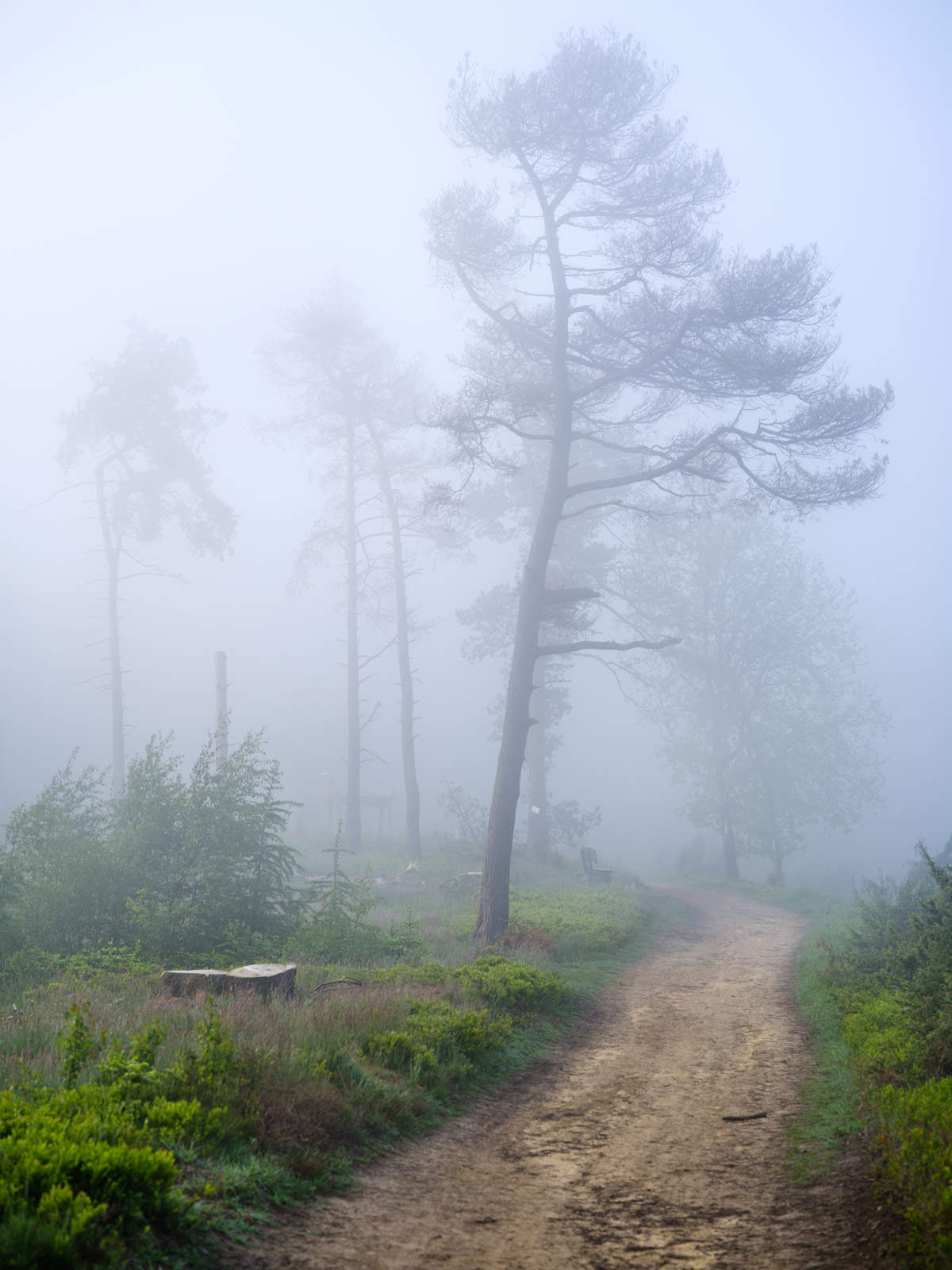
Trees in the fog #2
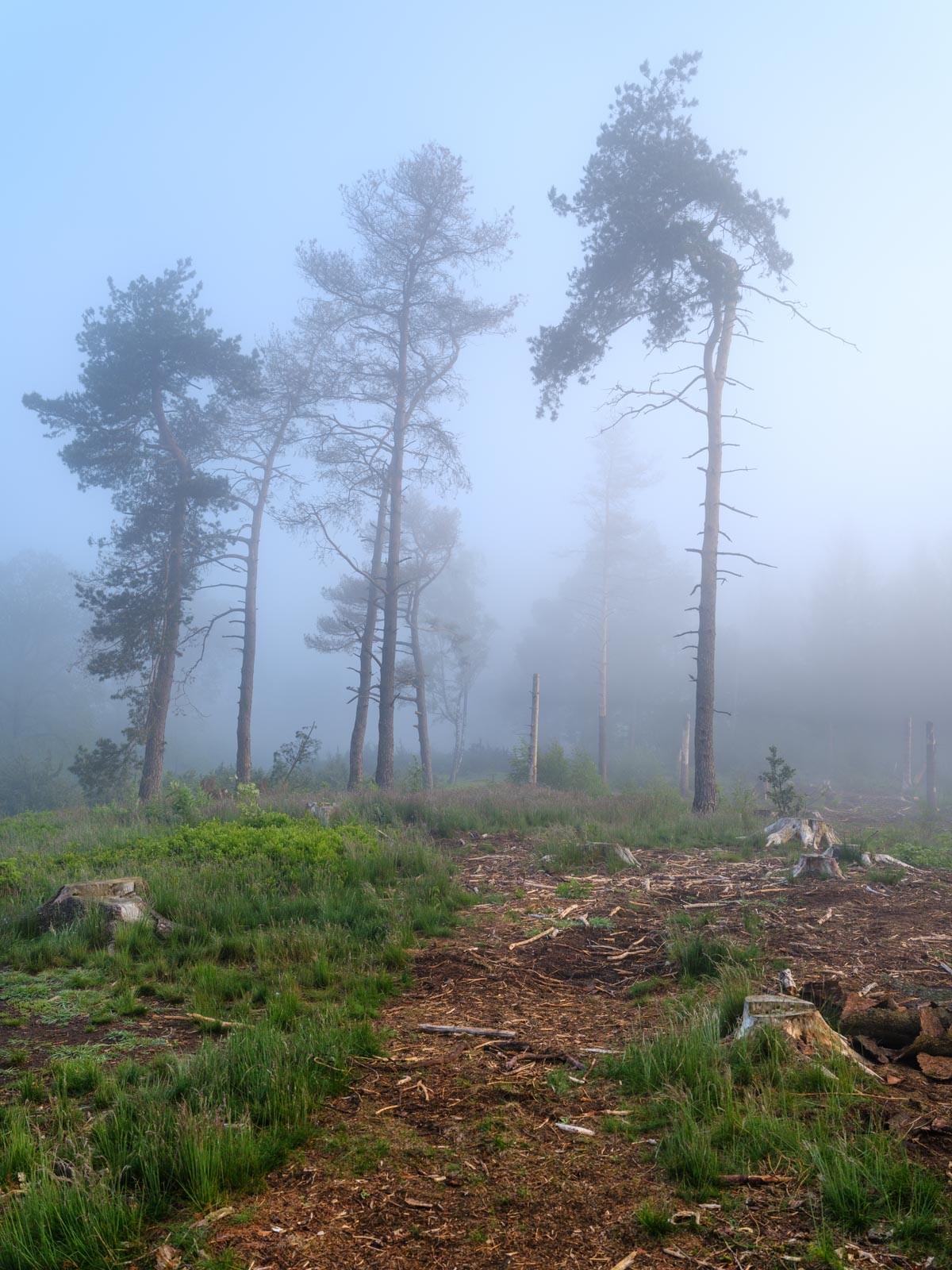
Trees in the fog #3
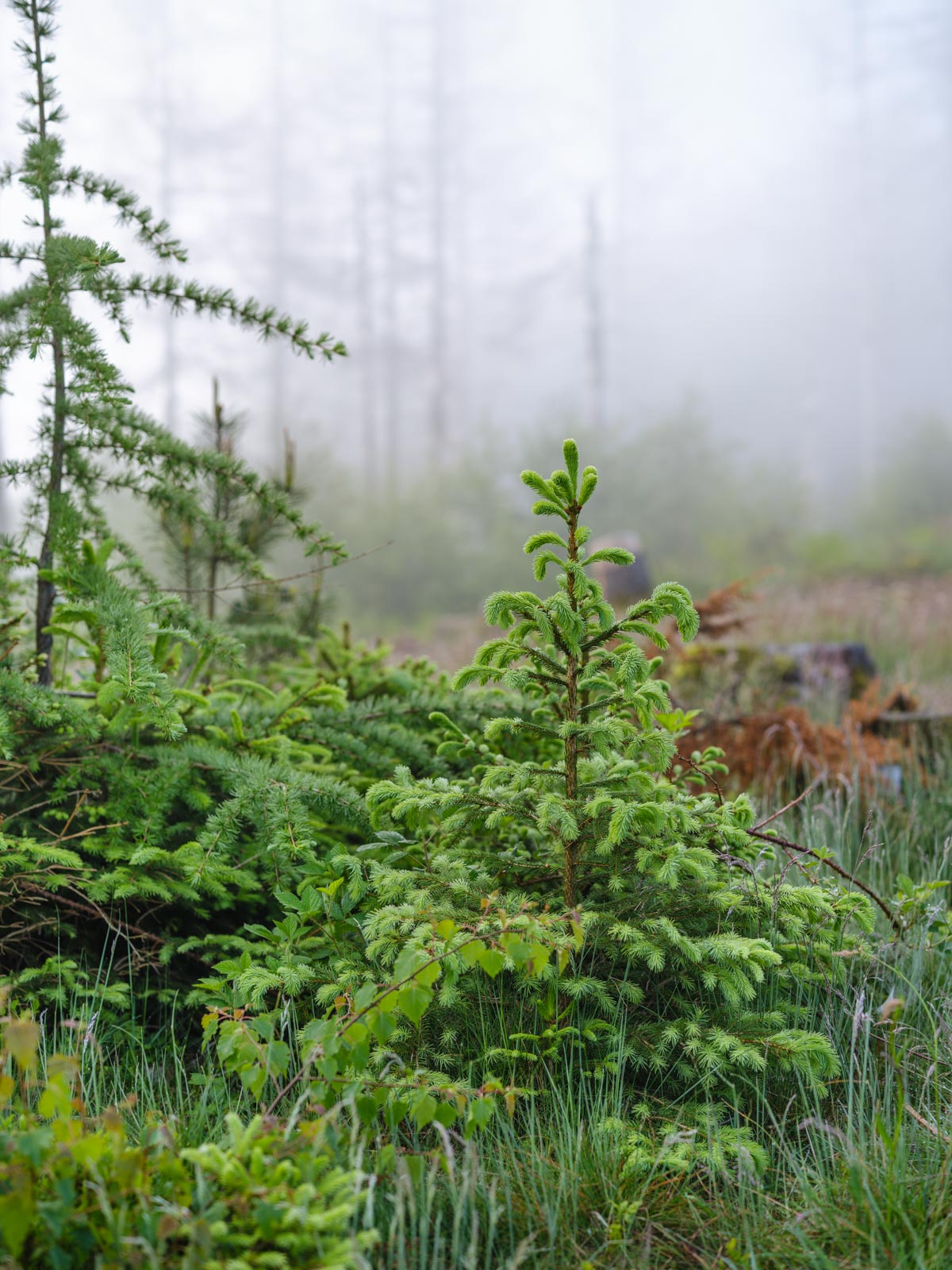
Dead spruce trees #1
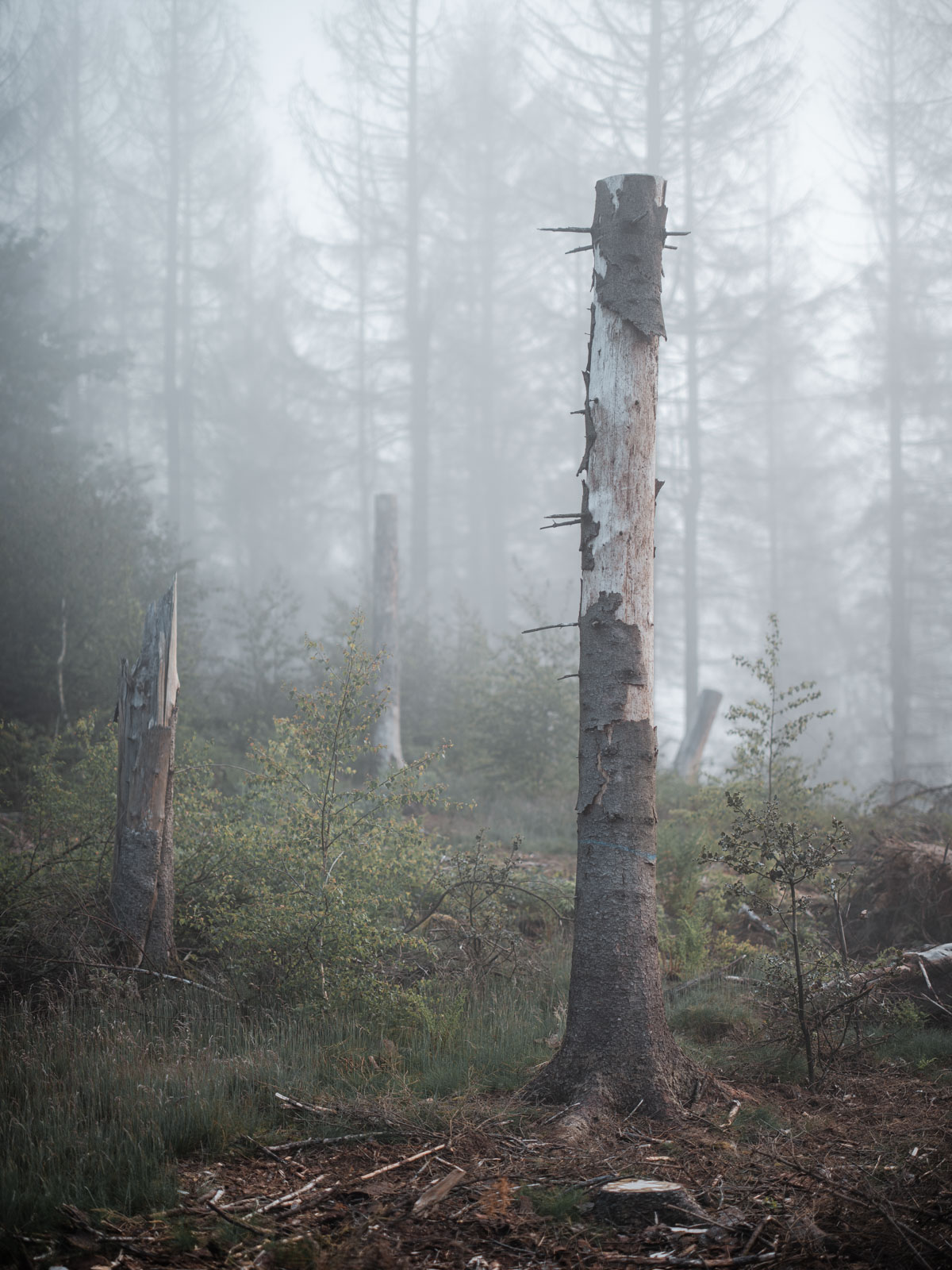
Dead spruce trees #2
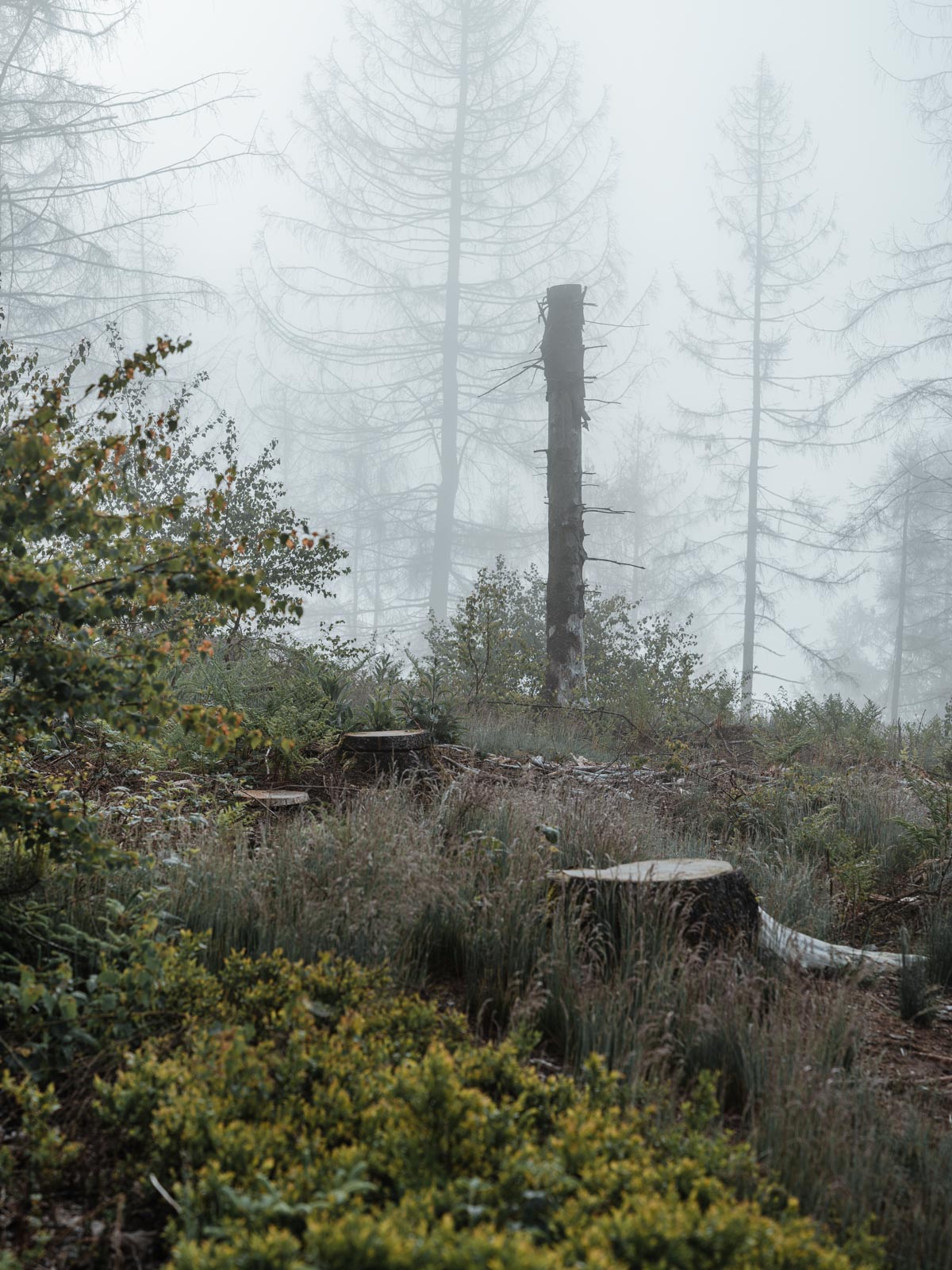
Trees in the fog #4

Trees in the fog #5
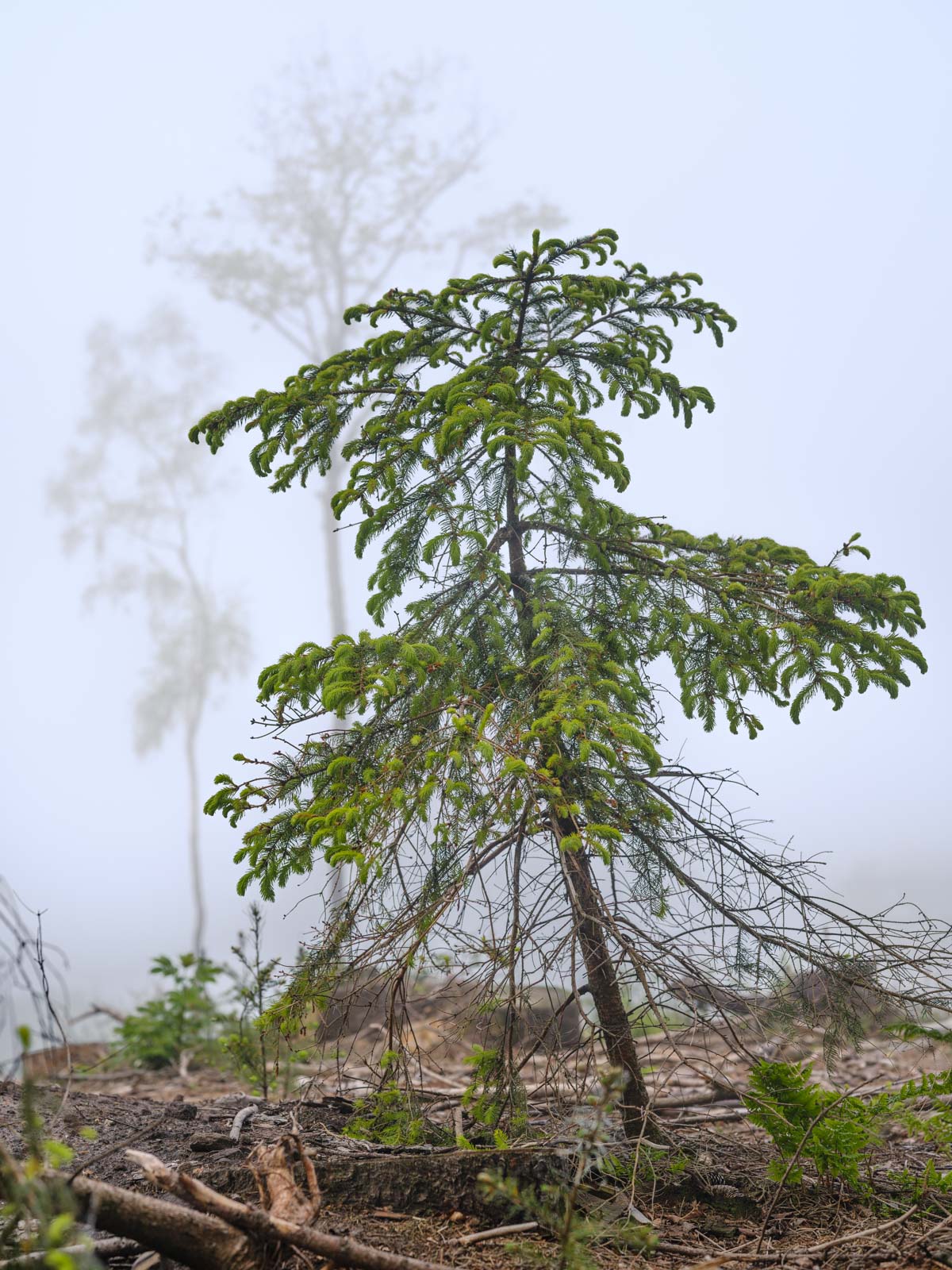
> Nature

